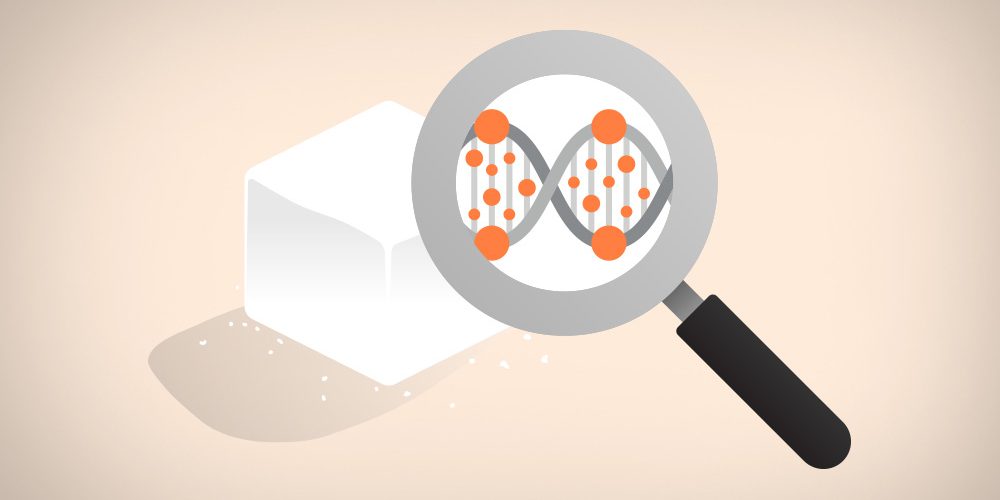As the digital universe expands to tens of trillions of gigabytes within the next few years alone, the question of how to store all of this data becomes increasingly more complicated. Current storage technologies severely lack the capability or capacity to meet the demands of such exponential data growth. Long considered a pipe dream, scientists have sought to utilize the DNA molecule and its distinct properties for data storage. With its incredibly compact and dense nature, durability, and long shelf life, DNA seems uniquely suited for both large volume and long-term storage. In fact, it is estimated that less than 20 grams of DNA could store all the digital data in the world, and that DNA can be securely stored for thousands, if not a million years.
Recently, scientists and researchers from Microsoft and a number of other research institutions and universities have successfully demonstrated the ability to both store and retrieve information off strands of DNA. In a nutshell, the process involves digital data being chopped up and stored as synthetic DNA molecules in sequenced strands. These strands are synthesized into actual DNA, which can be preserved for long periods of time. Drawing from sequencing techniques (such as sequencing the human genome), DNA sequences are encoded with location markers for the data, allowing one to later reorder, convert and retrieve the data from the pool of stored DNA.
While it will most likely be several years before DNA storage technology is developed enough to be a viable and cost-effective solution for commercial data storage purposes, this confluence of biotechnology and information technology holds exciting implications for the future of data archiving capabilities. As the science continues to be developed and honed, it will be interesting to see how it will impact and potentially revolutionize long-term data storage. If all goes well, we may in the near future see an archiving system with “unprecedented density and durability.”[i]
For more information on DNA-based storage and its development, visit Microsoft’s DNA Storage research project webpage.
Disclaimer: The purpose of this post is to provide general education on Information Governance topics. The statements are informational only and do not constitute legal advice. If you have specific questions regarding the application of the law to your business activities, you should seek the advice of your legal counsel.
[i] Comment by Karin Strauss, Microsoft researcher and University of Washington affiliate associate professor of computer science and engineering, https://www.sciencedaily.com/releases/2016/04/160407121455.htm

Author: Jared Walker, JD
Senior Research Analyst, Team Lead / Licensed Attorney

